Plants can be great for brightening up your home and improving air quality, but if you have a kitten, it’s important to be aware that some houseplants can be toxic to cats. The leaves, flowers, seeds, fruits, and even pollen of certain plants pose significant health risks to our curious feline friends. Here’s a rundown of some common houseplants that can be harmful to cats, along with safer alternatives you might consider:
1. Kalanchoe

Kalanchoe plants are popular for their vibrant blooms, but they contain toxins that can be dangerous to cats. All parts of the plant are toxic and can cause vomiting, diarrhea, drooling, and in severe cases, heart arrhythmias and convulsions. It’s best to keep Kalanchoe out of reach of your cat.
2. Money Plant (Pothos)
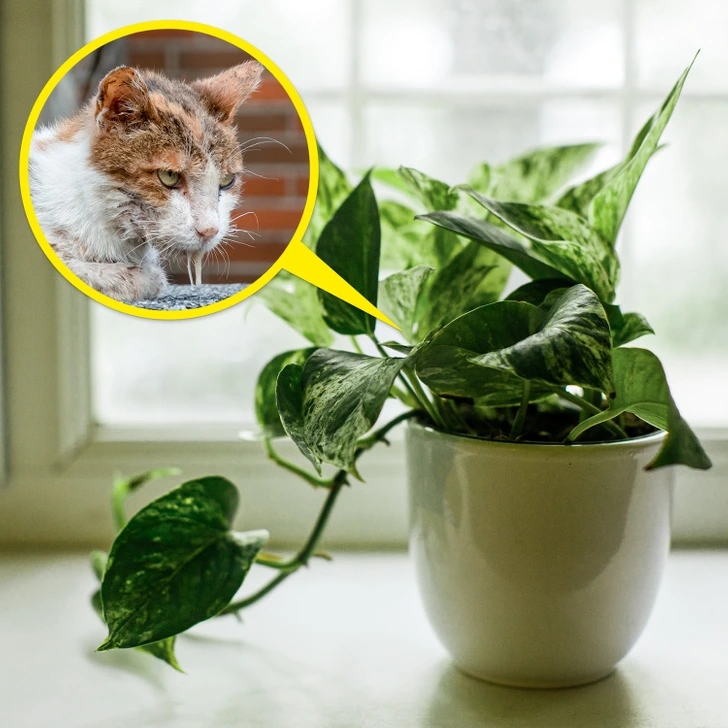
The money plant, also known as pothos, is easy to care for but can cause health issues for cats. Chewing on the leaves can irritate a cat’s mouth and throat, leading to excessive drooling, vomiting, and difficulty swallowing. Keeping this plant in an inaccessible location for your cat is advisable.
3. Cyclamen
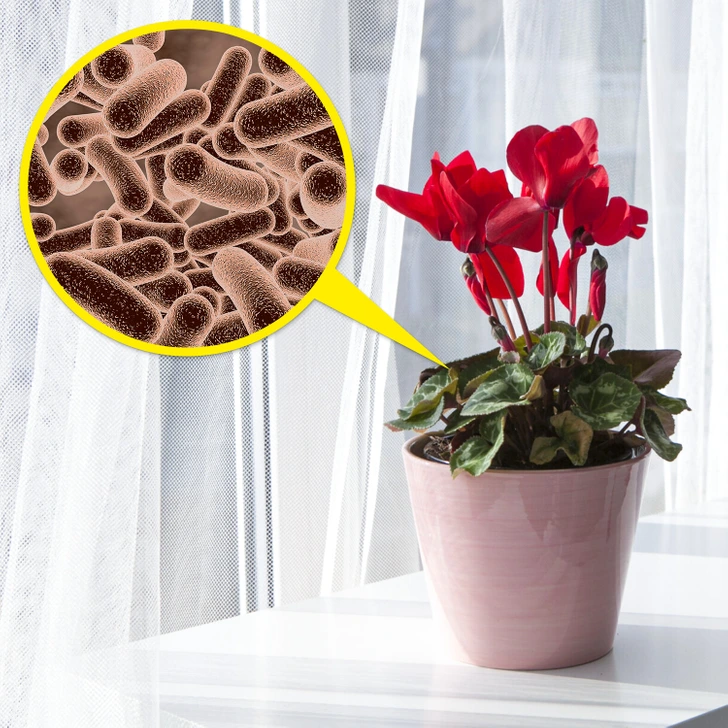
Cyclamen, also known as swinebread, is attractive but highly toxic to cats. Ingesting the plant can result in vomiting, diarrhea, heart rate abnormalities, convulsions, and potentially death. It’s best to avoid keeping cyclamen if you have a cat.
4. Daffodil
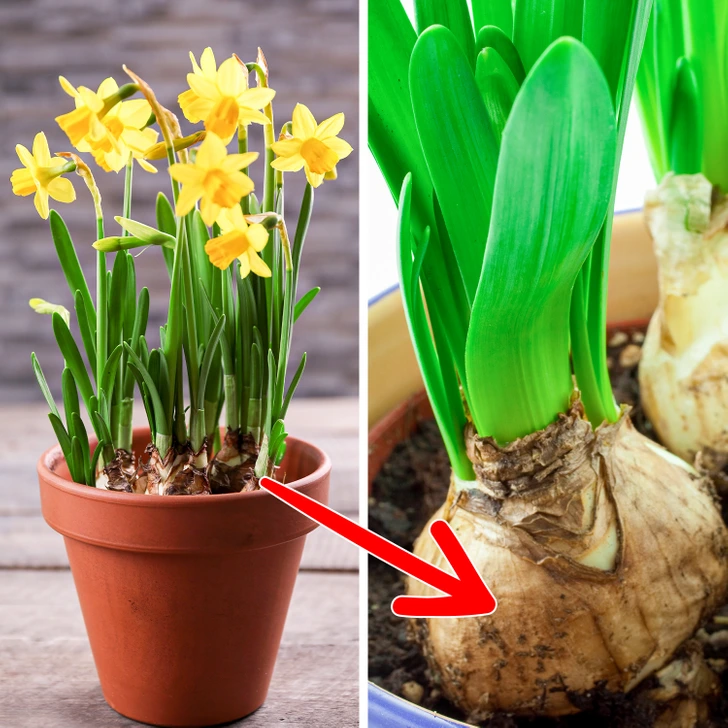
Daffodils, or narcissus, are beautiful but their bulbs contain lycorine, a toxic compound. If ingested, it can cause seizures, diarrhea, tremors, decreased blood pressure, and arrhythmia. Ensure that your cat doesn’t have access to these plants.
5. Lilies
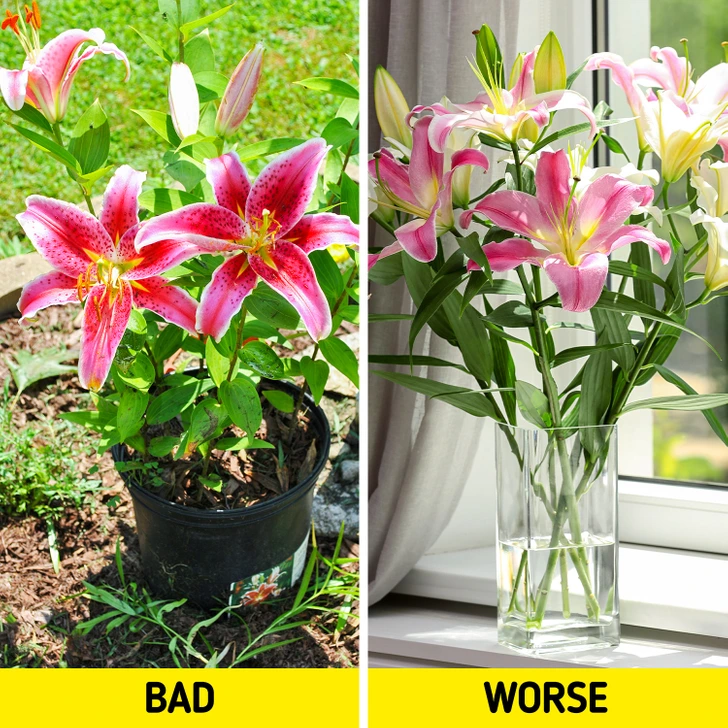
Many cat owners are unaware that lilies are extremely toxic to cats. Even a small amount of ingestion, including pollen, can lead to acute kidney failure. Drinking vase water with lily stems can also be harmful. Symptoms of poisoning include loss of appetite and weakness. It’s best to avoid keeping lilies in a home with cats.
6. Cycas Revoluta (Sago Palm)
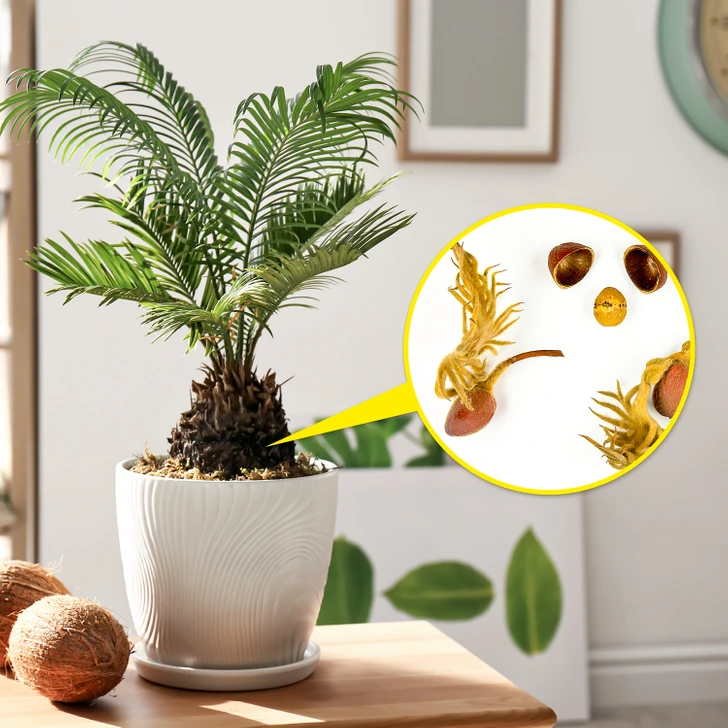
The Cycas revoluta, commonly called the sago palm, is toxic to both cats and humans. All parts of the plant, especially the seeds, contain cycasin, a dangerous toxin. Symptoms of ingestion include vomiting, diarrhea, liver failure, and potential death. This plant should be kept well away from cats.
7. Chrysanthemums

While chrysanthemums are beautiful and culturally significant, they can be harmful to cats. Ingesting them can cause dermatitis, diarrhea, vomiting, excessive drooling, and coordination issues. Consider avoiding these plants if you have a curious cat.
8. Laure
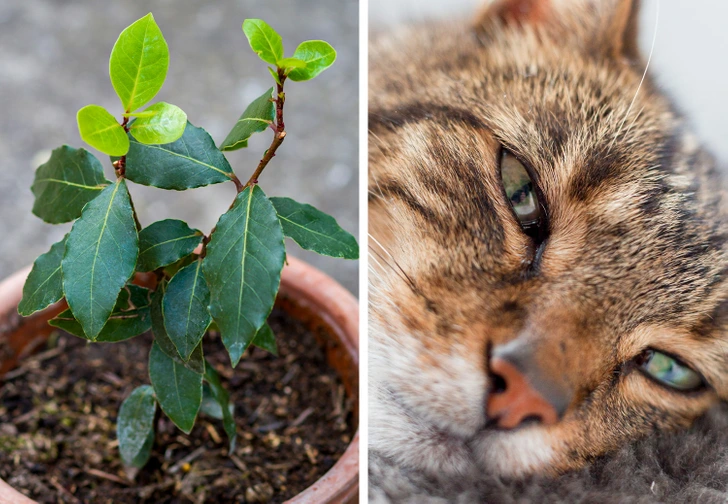
Laurel leaves are often used in cooking, but they can be toxic to cats. Ingesting laurel can lead to weakness, decreased blood pressure, diarrhea, and vomiting. Ensure your cat does not have access to this plant.
9. Eucalyptus
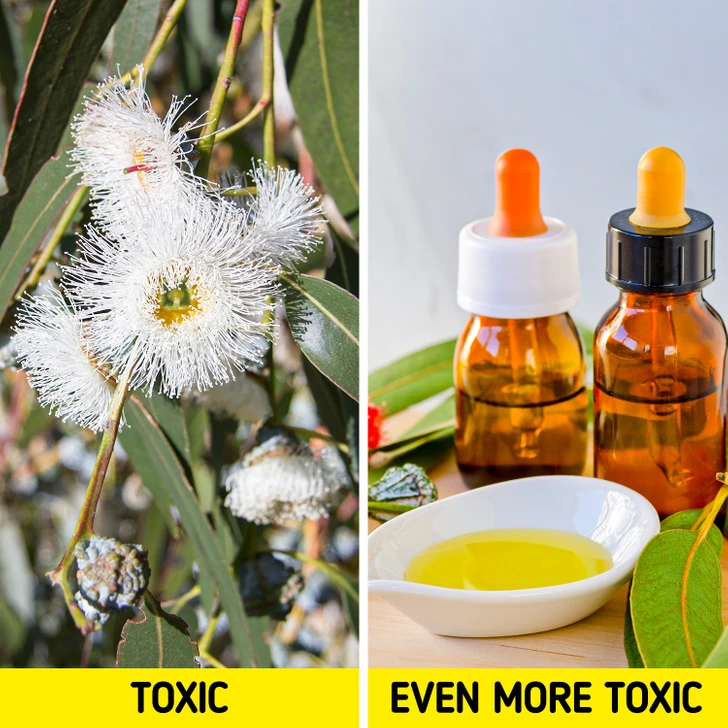
Eucalyptus is often used in essential oils and as a plant but is toxic to cats. Essential oils, in particular, can cause difficulty breathing, weakness, and excessive drooling. Avoid using eucalyptus oil and ensure that any eucalyptus plants are kept out of your cat’s reach.
10. English Ivy
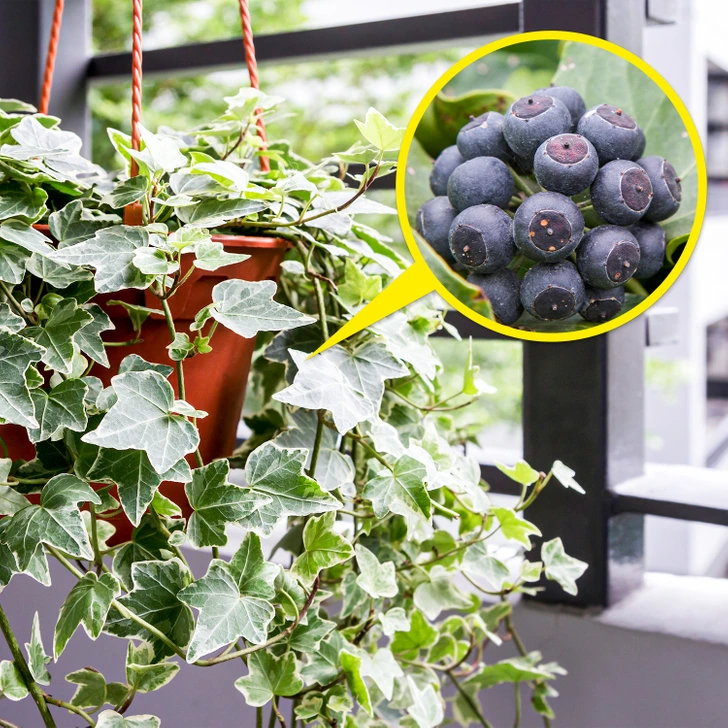
English ivy, or Hedera, is commonly found as a houseplant or garden vine, but it is toxic to cats. The plant’s leaves and berries can cause abdominal pain, excessive drooling, and diarrhea. Keep this plant away from your pets.
While it’s important to be cautious with these plants, there are many cat-friendly options to consider. For a safer home environment, look for non-toxic plants that are safe for both your pets and your home.



